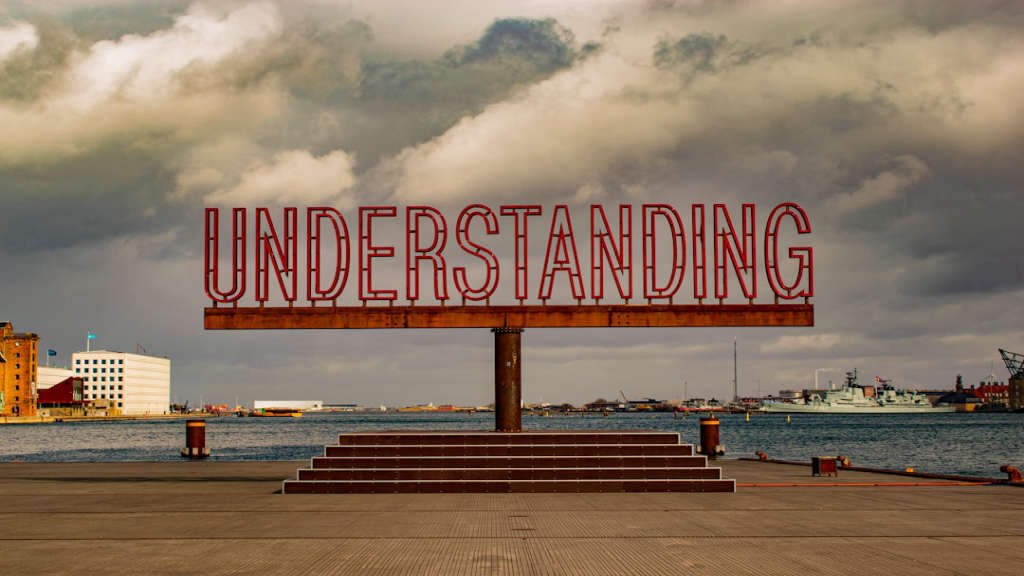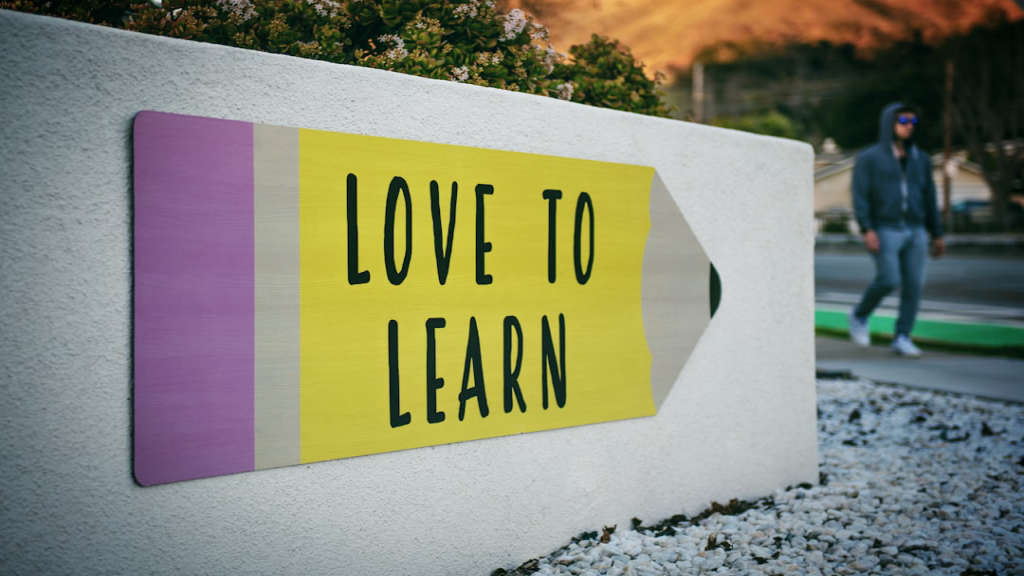Reading comprehension is a critical skill in education, work, and everyday life. Developing comprehension strategies and techniques is essential for gaining a deeper understanding of the text and synthesizing information. Effective reading strategies can help individuals improve their comprehension skills and become more successful readers. This blog article will explore various comprehension techniques and provide insights into comprehension improvement and comprehension development array.
Main Points
- The importance of reading comprehension skills
- Understanding different comprehension strategies
- Techniques for improving comprehension
- Benefits of synthesizing information
- Tips for effective comprehension development array

Metacognition in Comprehension Strategies
When it comes to reading comprehension, it is essential to develop strong comprehension skills by implementing strategic reading techniques. Metacognition, or the awareness and understanding of one’s own thought processes, plays a crucial role in these strategies. By utilizing metacognitive skills, individuals can effectively monitor and regulate their comprehension while reading.
The Importance of Metacognition in Comprehension Strategies:
- Enhances self-awareness during reading.
- Allows for reflection and adjustment of understanding.
- Promotes active engagement with the text.
Utilizing Visualization Techniques for Better Comprehension
When it comes to comprehension techniques, visualization has proven to be one of the most effective reading strategies. By creating mental images while reading, readers can significantly improve their comprehension and retention of the material.
Visualization not only enhances understanding, but it also makes the reading experience more enjoyable. When readers use their imagination to create vivid images of the content, they are more likely to remember the information in the long term. This is especially beneficial for students who are looking to improve their comprehension and academic performance.
The Benefits of Visualization
Research has shown that utilizing visualization techniques can lead to better comprehension improvement and critical thinking skills. By engaging the mind in this way, readers are able to make connections between the text and their own experiences, leading to a deeper understanding of the material. Additionally, visualization can also help in the recall of information, as the brain is better able to remember visual images compared to plain text.
How to Incorporate Visualization
There are several ways to incorporate visualization into the reading process. One effective method is to pause periodically while reading and visualize the events or concepts being described. Another approach is to create mental images of the characters, settings, and plot developments in a story. For non-fiction material, readers can create diagrams or mind maps to represent the information in a visual format.
Ultimately, the utilization of visualization techniques can lead to a deeper understanding of the text and improved comprehension overall. By incorporating this strategy into their reading routine, individuals can enhance their learning experience and make the most out of the material they are engaging with.
Developing Questioning Skills for Deeper Understanding
Questioning is an essential skill for enhancing comprehension and critical thinking in any learning environment. By actively engaging with the material through asking relevant and thought-provoking questions, students can deepen their comprehension development and gain a better grasp of the key concepts.
Through the use of developing questioning skills, learners are able to explore the subject matter from multiple perspectives and uncover underlying connections. This not only promotes a deeper understanding of the content, but also fosters a sense of intellectual curiosity and active engagement in the learning process.
Effective Questioning Techniques
Some effective techniques for developing questioning skills include utilizing open-ended questions, encouraging students to challenge their own assumptions, and promoting discussions that require evidence-based responses. By practicing these techniques, educators can help students cultivate a habit of questioning and critical analysis, leading to a more thorough understanding of the material.
The Role of Prior Knowledge in Comprehension
Prior knowledge plays a fundamental role in the process of comprehension. When individuals activate their prior knowledge related to a certain topic, it allows them to better understand and interpret the new information they receive. Research has shown that prior knowledge can significantly influence reading comprehension, problem-solving, and decision-making.
Effects of Prior Knowledge on Comprehension
One of the main effects of prior knowledge on comprehension is the ability to make connections between new information and existing knowledge. This process, known as schema activation, helps individuals to fill in gaps and make inferences while reading or processing new information. Moreover, prior knowledge helps individuals to engage in critical thinking and analyze the information more effectively.
Importance of Activating Prior Knowledge
Activating prior knowledge is essential for improving comprehension skills, especially in educational settings. Teachers can guide students to activate their prior knowledge before introducing new concepts, which can lead to deeper understanding and retention of information. Additionally, individuals can actively engage in activities that help them to build and organize their prior knowledge to enhance comprehension abilities.
Strategies for Summarizing and Synthesizing Information
When it comes to summarizing and synthesizing information, there are several effective strategies that can help individuals effectively process and retain key details. One of the most important approaches is to identify the main points and key details within the text, and then condense them into a concise summary. This involves highlighting the essential information and omitting any irrelevant details. Additionally, utilizing visualization techniques and creating concept maps can aid in synthesizing information from various sources, allowing for a more comprehensive understanding of the subject matter. Another valuable strategy is to actively engage with the material by asking probing questions and making connections between different pieces of information, thus facilitating a deeper level of comprehension. By employing these effective strategies for summarizing and synthesizing information, individuals can enhance their ability to retain and apply knowledge in a meaningful way.
Conclusion
In conclusion, using comprehension strategies is essential for developing a deeper understanding of the text. Techniques such as visualizing, questioning, and summarizing can help readers to synthesize information and make connections between different parts of the text. By actively engaging with the material using these strategies, readers can improve their overall comprehension and retention of the information. Therefore, incorporating comprehension strategies into reading and studying routines can be highly beneficial for achieving a deeper understanding of the material.
Frequently Asked Questions
What are comprehension strategies?
Comprehension strategies are techniques and methods used to understand and interpret the meaning of written or spoken language.
Why are comprehension strategies important?
Comprehension strategies are important because they help readers or listeners to engage with the text, make connections, and understand the content more deeply.
How can I improve my comprehension strategies?
You can improve your comprehension strategies by practicing active reading, asking questions while reading, and summarizing the main ideas of the text.

